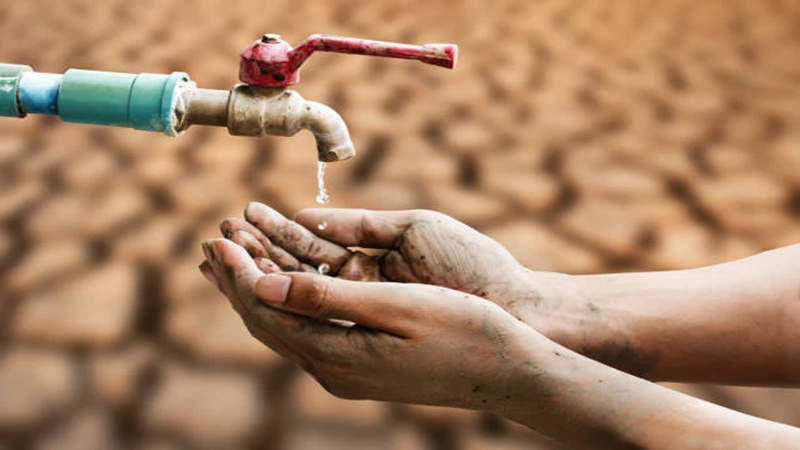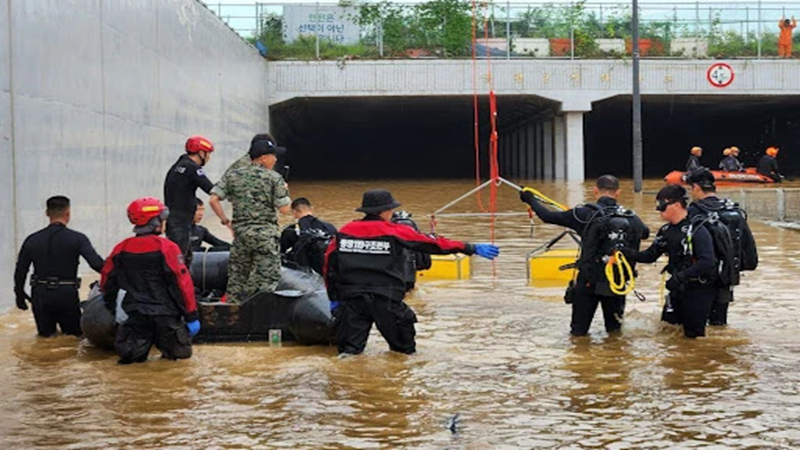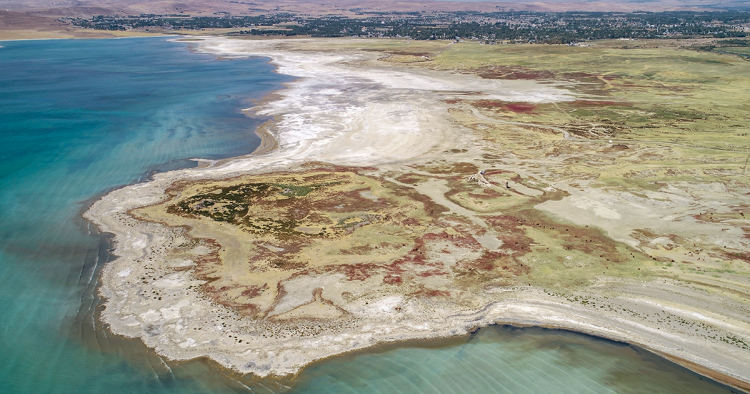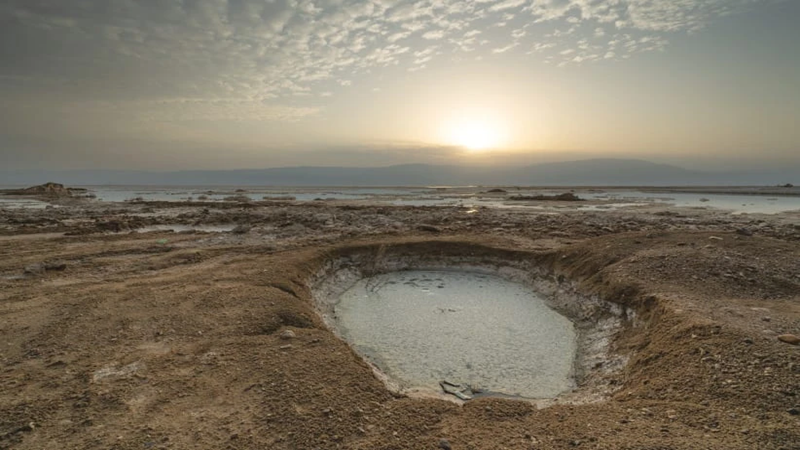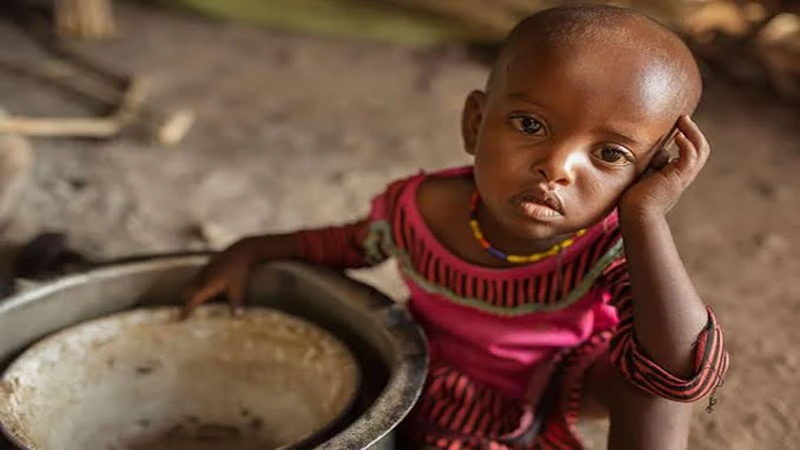Green infrastructure, according to the “EU Strategy” consists of “a strategically planned network of natural and semi-natural areas with other environmental elements, designed and managed in a way that provides a broad spectrum of ecosystem services. On land, green infrastructure can be found in a rural and urban context.”
Urban green infrastructure plays a vital role in providing ecosystem services to cities. Green infrastructure performs vital roles in mitigating the growing risks in cities associated with rapid development and climate change.
Food is the heart of every home, with a wee tempest in sharing, there’s a racket. This doesn’t happen on the eve of a festive, it's the order of every day. It redresses the scowl on faces and gives birth to joy and contentment. Yet, it finds itself amid the changing climate.
Climate change is primarily a water crisis. These climatic changes are most likely to impact negatively on water availability in South Africa, particularly as a developing state with water related challenges already. Nature remain unsympathetic with only 9% of rainfall feeding rivers as run-off while only 4% recharges groundwater storage, while on the other unsustainable use of water country wide remains a high risk.
Natural disasters not only endanger human safety, but their severity has also resulted in unprecedented losses. Due to the consequences of global warming and climate change, natural disasters are becoming more severe and frequent while the winter is becoming colder and the summer is becoming warmer.
Climate change is a global crisis that demands urgent attention and collective action. The Middle East region, with its unique environmental challenges, is not exempt from the devastating impacts of this phenomenon.
Water scarcity, exacerbated by climate change, has become a pressing issue globally. Water is indispensable, and it confirms why it is featured in almost every philanthropic catalogue and the UN sustainable development goals. One subject the world cannot be silent about; is the kernel and the essence of life.
On April 16, 2024, the United Arab Emirates (UAE) experienced unprecedented rainfall in Dubai, causing widespread flooding, lost of lives and infrastructural damage. The desert city received over 120 mm (4.72 inches) of rain in a single day, equivalent to its average annual rainfall.
Environmental issues aren’t simply a local or territorial concern but a worldwide basic that rises above borders and societies. Within the setting of Middle eastern countries, in spite of commendable strides in sanctioning natural enactment, critical crevices continue, undermining the viability of these endeavours.
By the USDA’s definition of food insecurity, it is the “access by all people at all times to enough food for an active, healthy life.”
Single-use plastics have been a decades-long norm for many countries across the globe - certainly having several grave impacts on the environment. However, these impacts and effects on the environment and humans seem to be a trivial matter that isn’t quite popular at many round tables.
Flooding, intense heat waves, and erratic rains have become a constant presence in our lives, dominating news headlines, social media feeds, and even billboards. But what if this constant buzz died down? Where would we be without these reminders of the urgent action needed?




